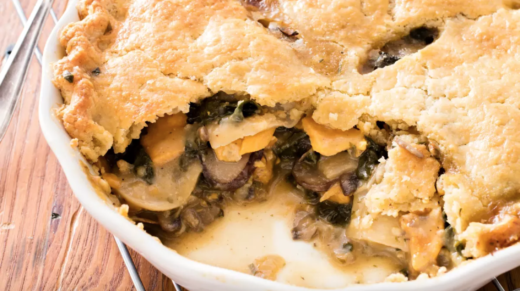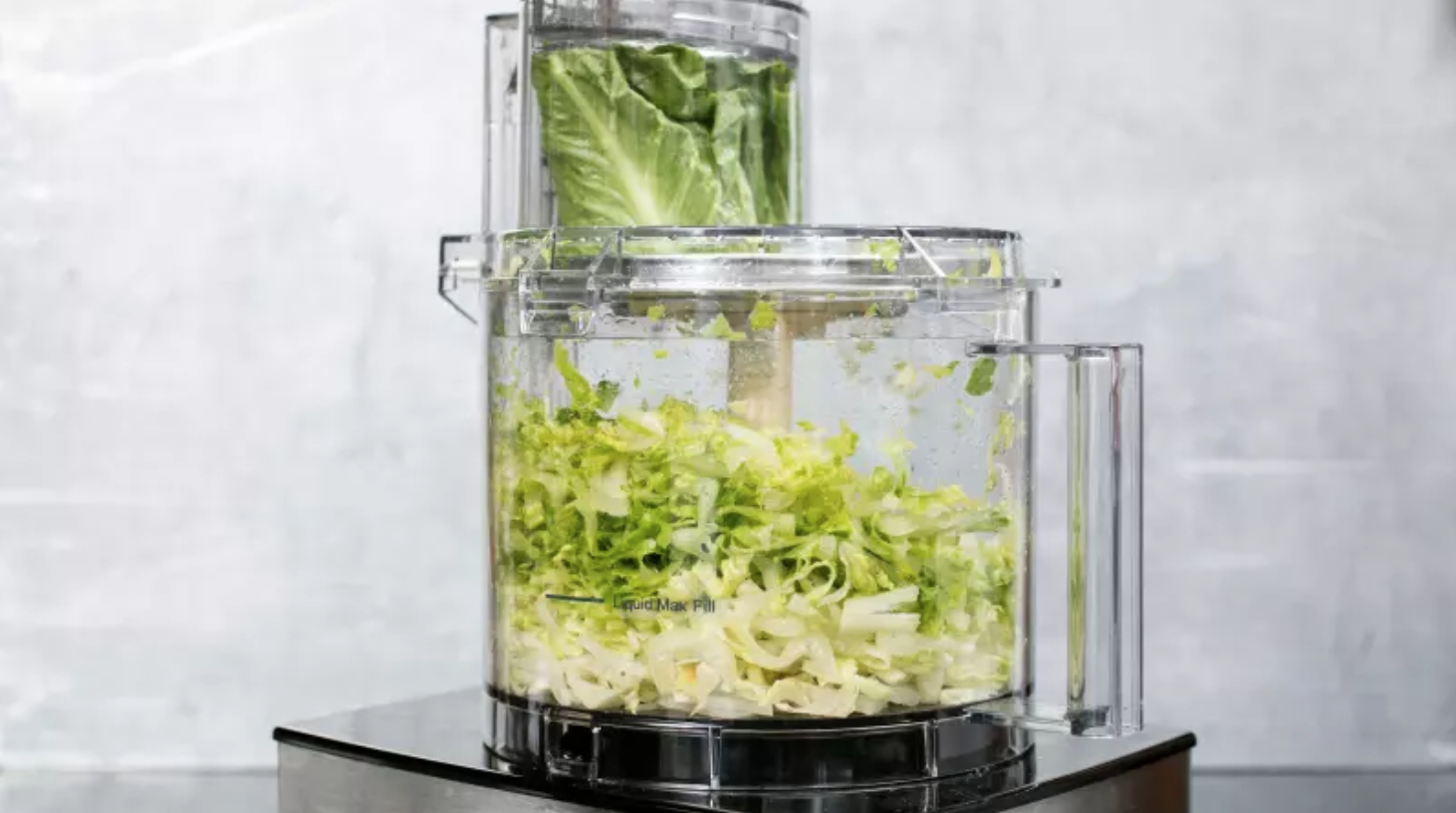While we definitely think that home cooks should develop their knife skills, we can all use a little assist in the ingredient prep stage of a recipe, especially when we have to chop, dice, slice, and/or shred our way through a laundry list of components.
The detailed lineup of ingredients in many vegetable-centric main dishes can make these recipes seem intimidating, and often different vegetables need to be prepared in different ways. Luckily, a good food processor permits you to put down your knives (and your mandoline and your grater)—the food processor will act as your prep cook. You'll get more uniform results while saving time, energy, and your sanity.
Here are a few tricks we've discovered for making vegetable (and other ingredient) prep easier in the food processor:
1. The Slicing Disk Is Your Best Friend
Some food processors have adjustable blades so you can change the thickness of the slices. You can also purchase smaller or larger slicing disks for most models. The way you feed ingredients into the processor affects the slices, so pay attention to the orientation of the ingredient in the feed tube. Slicing works best with firm ingredients, so we prefer tightly packed greens, like the heart of romaine (see below). You can also roll greens like kale to create a tightly packed bundle for slicing.
2. Choose the Right Feed Tube
Many food processors come with a small and large feed tube. Choosing the appropriate size for your ingredients will help you pack them tightly; you'll get cleaner, more consistent results if they don't have room to move around. Whole potatoes, onions, and big pieces like wedges of cabbage benefit from the larger tube, while smaller amounts of narrower carrots, zucchini, and celery work best in the smaller one.
3. When In Doubt, Underprocess
Our best advice for chopping in the processor is to err on the side of underprocessing—you can always give the ingredients another pulse to chop them more finely, but you can't go back. For this precise reason, we tend to use the pulse function instead of the processing function when chopping, grinding, or mincing ingredients in the food processor. Pulsing food offers more control than processing it; the food is chopped more evenly because the ingredients are redistributed—akin to stirring—with every pulse. This allows you more control over the final texture, as with something like Cauliflower Rice.


